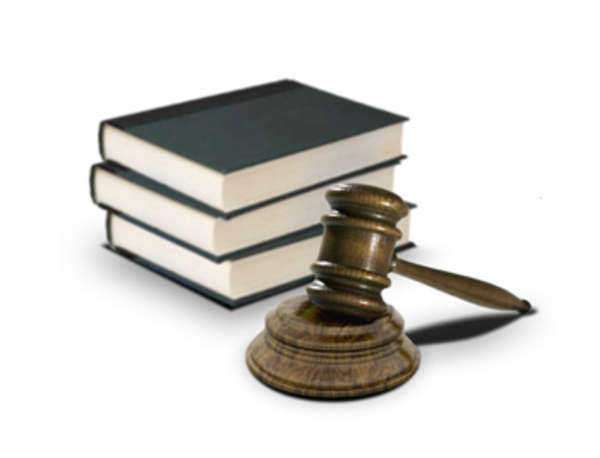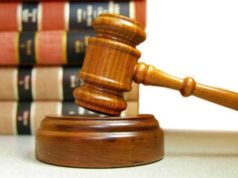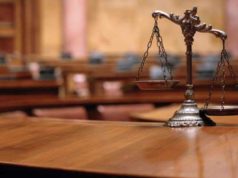
The 1931 census was carried out for the people of the United Kingdom on the nights of April 26 and 27 that year, as were, respectively, a Sunday and Monday. In regard to the general practice of census-taking in the United Kingdom, the 1931 census accordingly followed that of 1921 in terms of the ten-year interval fixed for this practice by the law and practice of the U.K., as had been fixed with the proceedings of the first census for the U.K. in the 1801 period.
That being said, the 1931 census is of some interest to historians, beyond the question of the actual numbers which it produced, in terms of the context in which it took place, which was the intention to carry out censuses after only five, as opposed to ten, years.
The 1931 census was thus modified to some extent in the questions asked of respondents, who were asked as to their usual place of residence, but not where they specifically happened to be at the time that the census was taken. It was thought that such changes, thus begun with the 1931 census, would be easier for people to respond to, and that the procedure’s high costs could accordingly be lessened.
The expenses of a five-year census schedule were, however, still prohibitive and accordingly led the government to cancel its plan. In any event, the 1931 census showed that England and Wales had 39.9 million people living within their borders. This figure had two million more than had been resident at the previous census.







































